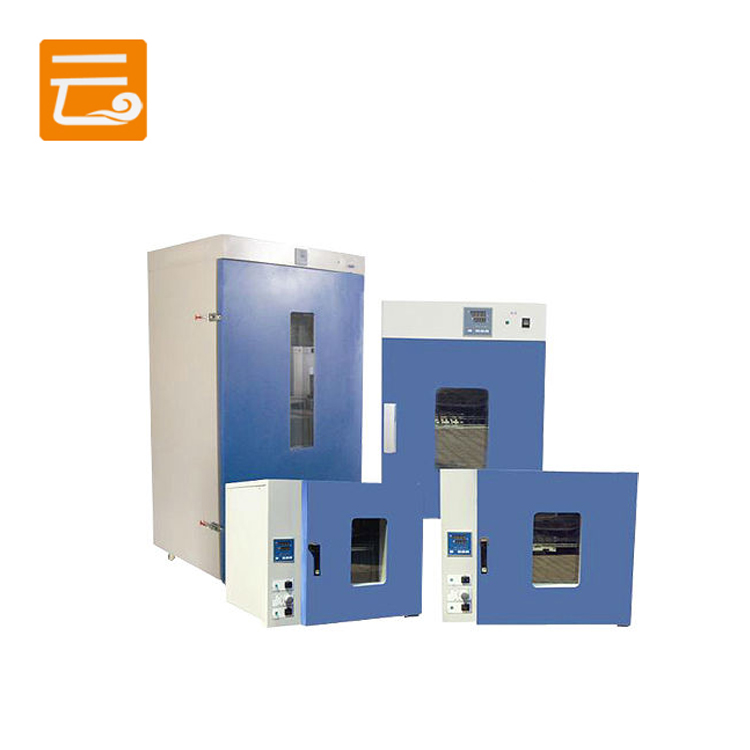“This storm has already spread snow, sleet and ice across the country and will likely provide challenging conditions here in the Commonwealth,” says KSP spokesman Sergeant Josh Lawson. “We are taking this opportunity to remind drivers of simple safety tips they can use as we transition into this winter weather season.”
To take factors like temperature and humidity into account, the ICH varies the testing conditions it recommends.
Double sets of doors with the original leaded glass (pierced by a bullet hole that has never been adequately explained) open to a paneled foyer with a tiger-oak fireplace. To the left, through pocket doors, is a formal living room with a fireplace and built-in wood-and-glass cabinets. A hallway leads to an office and half bathroom.
China is hands-down the manufacturing Mecca for a PC hardware nerd like me. So when I had the opportunity to see the magic happening first-hand I immediately packed a bag and travelled the 6,000-odd miles from the Shire-like West of England to the smog-choked Mordor of Dongguan in China to see just how such technical wonders are created.

If you do damage the surface and the cabinet has a real-wood look but is actually made of material that has only a thin layer of wood with particleboard underneath, switching to a painted look might be the best option. Or you could install new veneer over the surface, using peel-and-stick veneer. Rockler (rockler.com) sells pressure-sensitive veneers in a variety of woods and sizes, with pieces 24 inches by 32 inches costing $34.99. You would need to trim the edges carefully and then stain and finish the veneer to match the rest of your cabinet.
Electron beam evaporation (AJA International Inc., MA, USA) formed a thin film of chromium (thickness, 10 nm) as an adhesion layer, followed by a layer of gold (thickness, 100 nm) as a conductor on a 75-μm-thick sheet of polyimide (Argon Inc., CA, USA). A UV laser (LPKF, Germany) patterned the gold-coated polyimide sheet to define the circular current collector, serpentine interconnects, and contact pads. The first step in realizing a biofuel cell–based lactate sensor involved punching out circular pads (diameter, 2 mm) of CNT paper (Buckypaper, GSM 20; NanoTechLabs, NC, USA). Coating with 2 μl of 0.1 M tetrathiafulvalene (Sigma-Aldrich, MO, USA) solution prepared in acetone/ethanol (1:9, v/v) and 4 μl of lactate oxidase (Toyobo Chemicals, Japan), and allowing them to dry, yielded enzyme-functionalized CNT pads. The enzyme solution resulted from dispersing the enzyme (60 mg/ml) in 0.1 M phosphate buffer containing 0.25 wt % glutaraldehyde (Sigma-Aldrich, MO, USA). Subsequently, drop-casting and drying 2 μl of chitosan [Chemical Abstracts Service (CAS) number 9012-76-4; Sigma-Aldrich, MO, USA] suspension prepared in 0.1 M acetic acid onto each pad formed a chitosan-based membrane. Dipping the dried pads into the chitosan solution for 5 s and then allowing them to dry resulted in an additional chitosan membrane. Last, dipping the pads for 5 s in 3 wt % PVC (CAS number 9002-86-2; Sigma-Aldrich, MO, USA) suspension in tetrahydrofuran and thoroughly air drying them formed the outer layer of PVC membrane. Conductive silver glue then bonded the pads to the gold current collectors to complete the anode functionalization process. The cathode for the lactate sensor resulted from drop-casting 15 μl of platinum black (10 mg/ml; Sigma-Aldrich, MO, USA) suspension prepared in deionized water, followed by applying 1 μl of Nafion 117 solution (Sigma-Aldrich, MO, USA), onto the cathode designated gold current collector. Storing the sensors at 4°C for at least 1 week before use allowed the chitosan and PVC membranes to stabilize. Fabrication of biofuel cell–based glucose sensors involved steps similar to those discussed for the lactate sensor with some modifications. The process began with drop-casting 1 μl of 0.1 M tetrathiafulvalene solution onto CNT pads. Separately, preparing a solution (40 mg/ml) of glucose oxidase in 0.1 M phosphate buffer containing bovine serum albumin (10 mg/ml; Sigma-Aldrich, MO, USA) and a 1 wt % suspension of Nafion in 0.1 M phosphate buffer and then mixing of the two suspensions in equal volumes yielded the enzyme-coating suspension. Application of 2 μl of the enzyme-coating suspension functionalized the tetrathiafulvalene-coated CNT pads. Conductive silver glue bonded the pads to the gold current collectors to complete the anode. The glucose sensor cathode resulted from preparing a suspension (10 mg/ml) of 10% platinum on carbon (Sigma-Aldrich, MO, USA) in a 2 wt % ethanolic suspension of Nafion, followed by casting 5 μl of the suspension on each current collector. Storing the sensors at 4°C for at least 1 week before use allowed the Nafion membrane to equilibrate. Both the lactate and glucose sensors were stable for at least 6 months when stored at 4°C without any additional storing conditions. Before use, attachment of the NFC module to the wearable patch and exposure of glucose sensor to buffer solution [0.1 M sodium phosphate buffer (pH 7)] for 1 hour resulted in stabilized signals for micromolar detection in sweat. Lactate sensor required no such conditioning step.
Find more articles related to the pet food and treat industry on the new Pet Food Processing landing page.
Response time is another important factor to consider. The ideal CDMO is able to perform the stability studies as accurately and quickly as possible. Any delays are likely to impact the pharmaceutical customer significantly as, in many markets, regulatory approval is contingent on the provision of stability data as part of the submission.

Oops I meant problem ![]() Also remove the 7 from the end of my email address. (Fat fingers on my tablet)
Also remove the 7 from the end of my email address. (Fat fingers on my tablet)
Of course it is different, but that shouldn’t scare anyone! The info on the food dehumidifiers was usefull, I simply didn’t know they made a “useless” (to me) gadget like that so cheap, but it’s a bit wexing that they include such super basic DIY instructions, like they’re instructing a 4 year old how to draw a tree.
“Failure to deliver these improvements will reduce customer satisfaction and overall customer experience that in time could lead to a reduction in usage and loss of revenue.”
Known as the Breezemont Mansion, this house was built for Cornelius Clarkson Watts (1848-1930), a former attorney general of West Virginia who ran for governor of the state. It is on Watts Hill, in the Edgewood Historic District, and is visible from the highways that run along the Elk River as well as from downtown Charleston. Occupied at one point by an architecture firm, it is zoned for commercial and residential use.
Costly McKinley Climatic Lab fire was caused by oxy-acetylene torch | Cabinet Dryer Food Related Video:
We insist on offering high quality production with good business concept, honest sales and the best and fast service. it will bring you not only the high quality product and huge profit, but the most significant is to occupy the endless market for Air Drying Cabinet , Camera Display Cabinets , Freeze Thermal Environmental Test Cabinet , As an experienced manufacturer we also accept customized order and we could make it the same as your picture or sample specification. The main goal of our company is to live a satisfactory memory to all the customers, and establish a long term business relationship with buyers and users all over the world.
